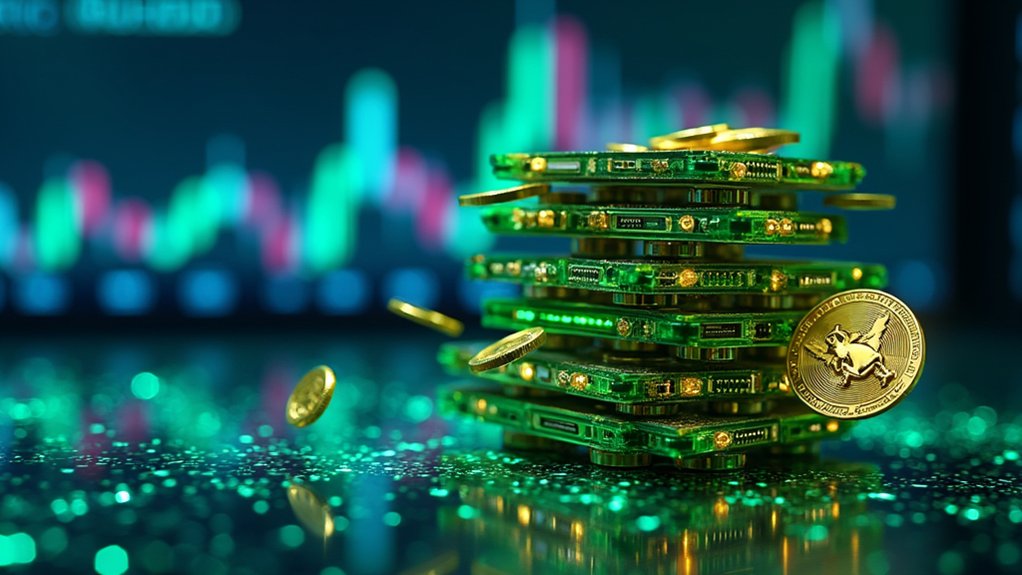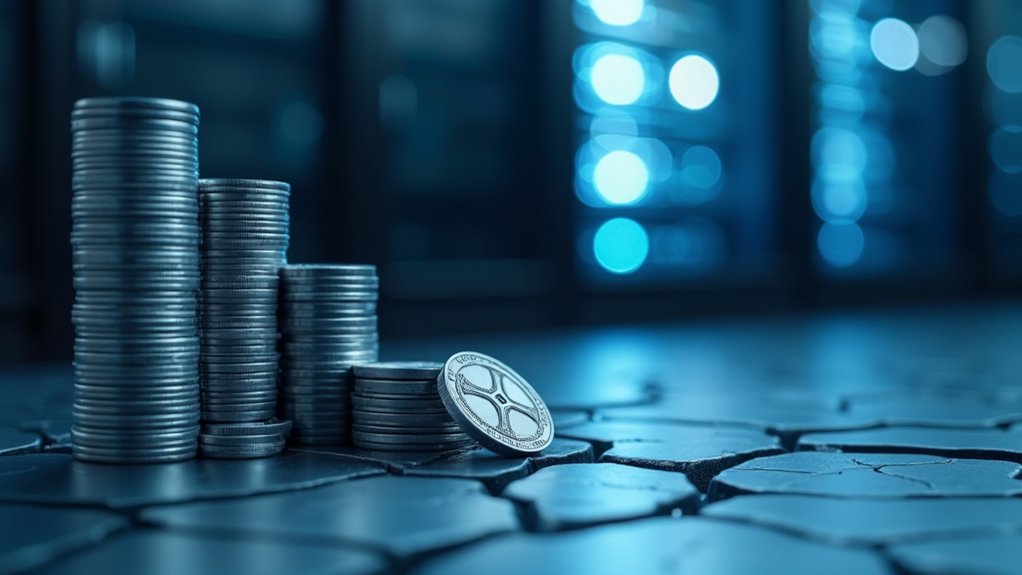In a move that defies the bluster of prior threats and the mounting chorus of public outrage, former President Trump has unequivocally confirmed his intention not to dismiss Federal Reserve Chair Jerome Powell, a decision that, while ostensibly stabilizing markets, exposes the performative nature of his previous tirades and underscores the legal and institutional barriers that render such impulsive removals not only impractical but constitutionally dubious. Despite the relentless public disparagement—labeling Powell a “numbskull” and accusing him of being “always TOO LATE AND WRONG”—Trump has reiterated in recent interviews that no official action will be taken to unseat the Fed chair whose term extends through spring 2026. This reversal, whether strategic or grudging, tacitly acknowledges the limits of presidential authority in the domain of monetary policy, where political influence is curtailed by entrenched legal frameworks and a tradition of central bank independence. His public criticism came amid escalating pressure from the White House to push the Fed toward aggressive interest rate cuts. The Federal Reserve Act of 1913 restricts removal of Fed officials to cases of “cause,” a standard that transcends mere policy disagreement, a nuance apparently lost in the Twitter tirades. Supreme Court precedent, notably Humphrey’s Executor v. U.S., further confines presidential power, insulating the Fed from capricious political whims that would otherwise jeopardize economic stability. Market analysts have long warned that threats to Fed independence inject unnecessary volatility, undermining investor confidence and economic predictability. Yet, Trump’s rhetorical assaults—frustrated by Powell’s data-driven resistance to immediate rate cuts despite inflation concerns linked to tariffs—have done little beyond exposing his own misunderstanding of the delicate balance between governance and economic stewardship. Powell’s steadfast commitment to serve out his term, coupled with his caution in navigating inflation and growth dynamics, reinforces the institutional resilience that political posturing cannot erode. Recent court decisions such as Seila Law (2020) highlight ongoing debates over the scope of removal protections, but the Fed chair remains largely shielded from removal without cause. In this light, Trump’s current stance appears less a concession and more an acknowledgment that monetary policy is not a pawn for transient political influence. Additionally, the Office of the Comptroller of the Currency continues to monitor the intersection of banking and digital assets, reflecting the evolving landscape of financial regulation that indirectly influences economic policy decisions.
Up next
Shiba Inu’s Burn Rate Skyrockets Over 112,000% in a Single Day — What’s Behind This Wild Surge?
Author
Tags
Share article
The post has been shared by 0
people.









